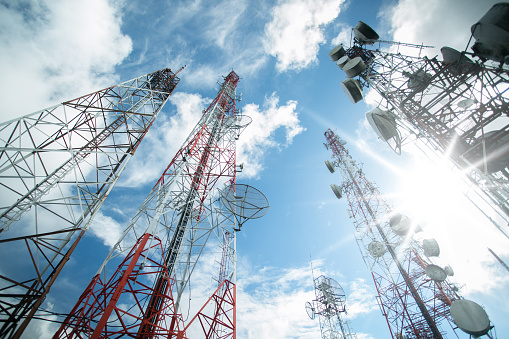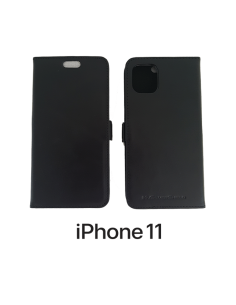- MySilverShield
- news
- 0 likes
- 14587 views
- 0 comments
Related products
€89.00
HF (High frequency)
In recent years, headgear has once again become a central element of the fashion image, attracting attention and revealing individuality.
The beret is making a strong comeback as an indispensable fashion accessory. Our new beret check cap is an original and fashionable accessory, available in a predominantly blue and green Scottish...
€39.90
This MySilverShield anti-wave case was developed specifically for the iPhone 11.
In real leather, it combines comfort, design, elegance and technicality. It protects you from the harmful effects of electromagnetic waves, and your smartphone from shocks.
🎁 Take advantage of our special offer! Add a lanyard to your case purchase for just €2 instead of €5....
€69.00
Very comfortable, the MySilverShield pregnancy belly band is made of soft, silky and stretchy elastic viscose mesh lined with our exclusive protective fabric. It can be worn from the first month of pregnancy, and thanks to its tying system it will adapt perfectly to the evolution of your belly, without any feeling of discomfort.
















Comments (0)